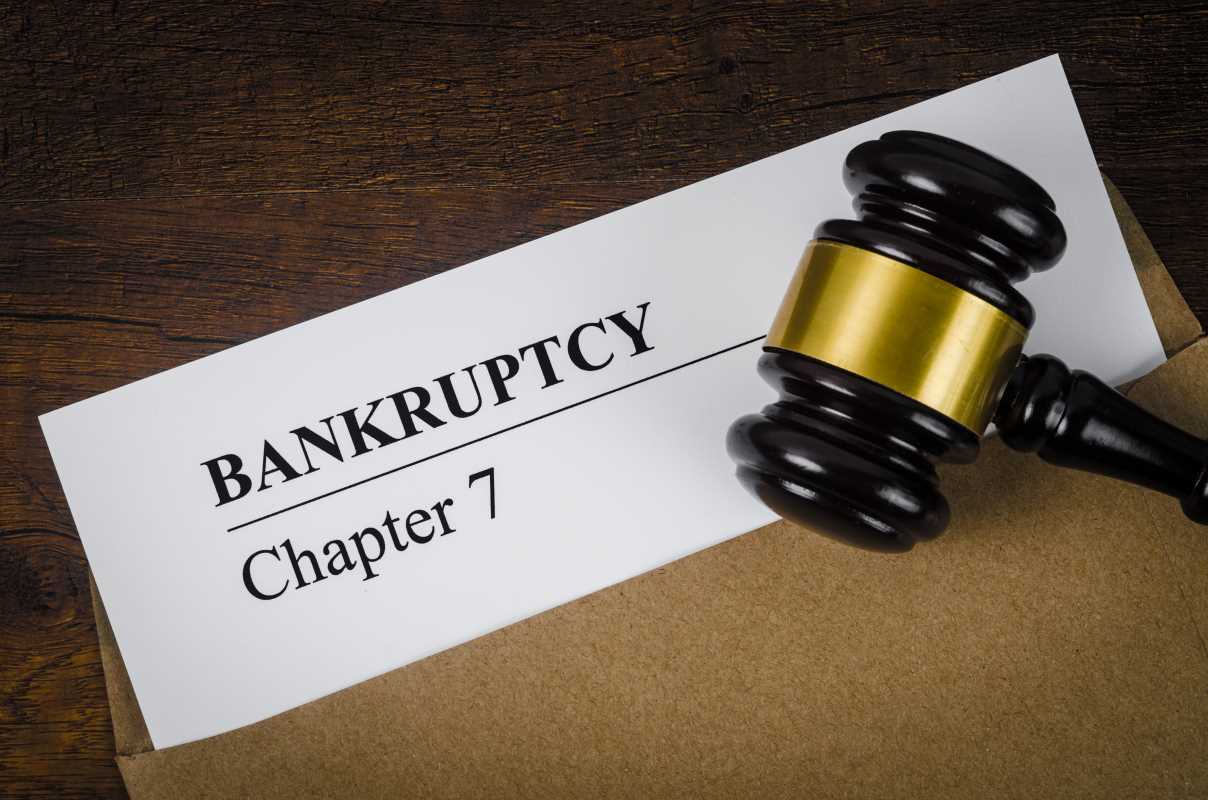Investing can be an exciting way to grow your money, but not all opportunities are what they seem. Some investments that look promising at first are actually scams designed to take advantage of unsuspecting investors. One particularly dangerous scheme is the pump-and-dump scam. This trick involves artificially inflating the price of a stock or cryptocurrency, luring eager investors in, and then dumping shares for profit, leaving others with massive losses. To keep your hard-earned money safe, it’s important to recognize the warning signs and steer clear of these schemes. This guide will help you understand how pump-and-dump scams work, how to spot them, and what steps to take to protect yourself and your investments.
What Is a Pump-and-Dump Scam?
A pump-and-dump scam happens when fraudsters manipulate the price of an investment, such as a stock or cryptocurrency, for personal gain. They do this by spreading exaggerated or false information to convince people that the investment is about to skyrocket in value.
Once enough people buy into the frenzy, the price goes up, or “pumps.” The scammers then sell their shares or tokens at the inflated price, or “dump” them, before the investment value collapses. Everyone else who didn’t sell in time ends up holding worthless stock or tokens, losing significant amounts of money. The entire scheme is built on deception, making it essential to stay alert and skeptical of “too good to be true” investment opportunities.
Spotting a Pump-and-Dump Scam
Protecting yourself starts with knowing what to look for. These scams leave behind specific red flags that you can recognize with a little vigilance.
1. Sudden and Unexplained Price Surges
A stock or cryptocurrency that suddenly jumps 50%, 100%, or more in a very short time often signals suspicious activity. Natural price increases usually happen steadily over time and are backed by good business performance or news. Wild, unexplained jumps should raise questions, not excitement.
2. Heavy Promotion on Social Media
Buzz on platforms like Twitter, Reddit, or Telegram can sometimes indicate manipulation. Look closely at the messages promoting the investment. Over-the-top language, promises of overnight wealth, or claims of “guaranteed” success are all hallmarks of pump-and-dump campaigns.
3. Low-Volume or Unknown Investments
Scammers target stocks or cryptocurrencies that most investors haven’t heard of. Penny stocks or poorly-known coins with little trading activity are prime candidates. These obscure investments often lack the public oversight necessary to detect fraud quickly.
4. Pressure to Act Quickly
Scammers rely on urgency to trap victims. Claims like “The window to invest is closing fast” or “Buy now before it’s too late” are designed to panic you into making decisions without time to perform proper research. Remember, legitimate investments don’t come with a ticking clock.
5. Lack of Company or Product Details
Many scam investments lack transparency. You’ll notice vague, superficial descriptions with no clear information about the company’s leadership, financial standing, or real-world applications. If essential details are difficult or impossible to verify, steer clear.
Steps to Protect Yourself
Now that you know what to watch for, take these proactive steps to shield yourself from pump-and-dump scams.
1. Do Your Research
Before making any investment, take time to investigate. Look up financial reports, company leadership, and how the business operates. For cryptocurrencies, check their whitepapers or official project websites. Verification through trustworthy sources is an important part of protecting your investment.
2. Beware of Investing Based on Hype
Social media excitement over investments often lacks substance. A flurry of activity does not mean an opportunity is legitimate. Avoid following the crowd blindly and avoid “hot tips” spread by anonymous online accounts or exaggerated claims.
3. Stick to Regulated Markets
Investing in well-established markets and companies provides a layer of safety. Stocks listed on reputable exchanges, like the New York Stock Exchange or NASDAQ, are subject to strict regulations and ongoing scrutiny. Cryptocurrencies may lack these oversight measures, so proceed with extra caution if you’re venturing into this space.
4. Use Trusted Brokers or Platforms
Trading through online brokers or apps with strong security measures helps reduce exposure to scams. Trusted platforms are less likely to list investments associated with pump-and-dump schemes compared to shady or unregulated marketplaces.
5. Avoid Investments Without a Clear Track Record
Investments with a short or nonexistent history should prompt extra caution. Companies or cryptocurrencies that are brand new require even closer scrutiny. Pausing to ask why others would promote something so unknown often saves you from becoming a target.
6. Look for Third-Party Opinions
Legitimate analysts and financial experts offer professional insights on whether stocks or cryptocurrencies are worth investing in. Meanwhile, scammers typically avoid scrutiny from actual professionals, relying instead on bold claims with no evidence.
Report Suspicious Activity
Spotting a pump-and-dump scam isn’t just about protecting yourself. because stopping these frauds also helps others. Reporting suspicious messages or investment pitches is vital to shutting down scammers and warning others.
1. Contact Market Regulators
Agencies like the U.S. Securities and Exchange Commission (SEC) investigate reported investment scams. Filing a tip through their website lets authorities jump into action when fraud is suspected.
2. Inform Your Brokerage
Some scams spread through trading platforms or brokerage apps. Notify customer service if you suspect fraudulent activities are occurring on their platforms. Legitimate brokers take these concerns seriously.
3. Report Social Media Accounts
Social media campaigns are often the backbone of pump-and-dump schemes. Platforms like Twitter, Reddit, and YouTube have tools to flag suspicious content or accounts promoting questionable investments. Taking the time to report these users protects the broader community.
4. Warn Investors in Your Circle
Sharing experiences with trusted friends or family may save them from falling into similar traps. Educating others about these scams strengthens the fight against fraudsters.







